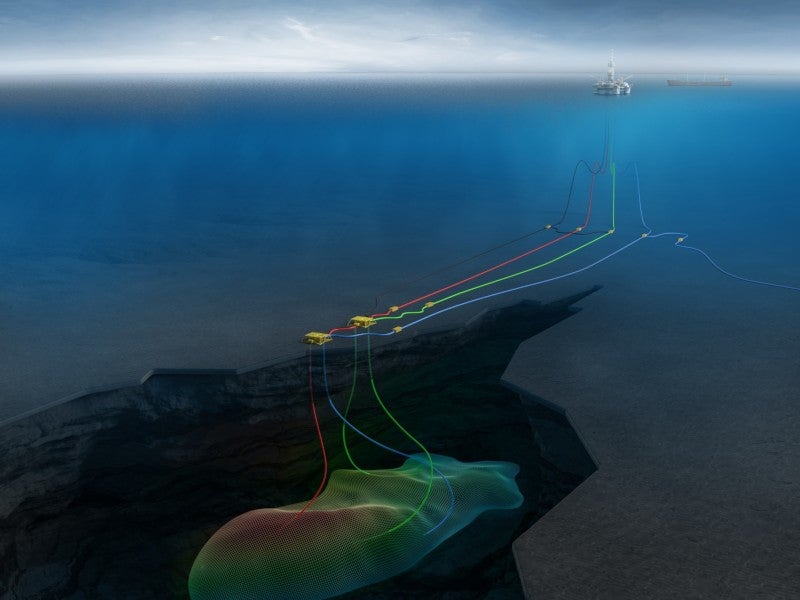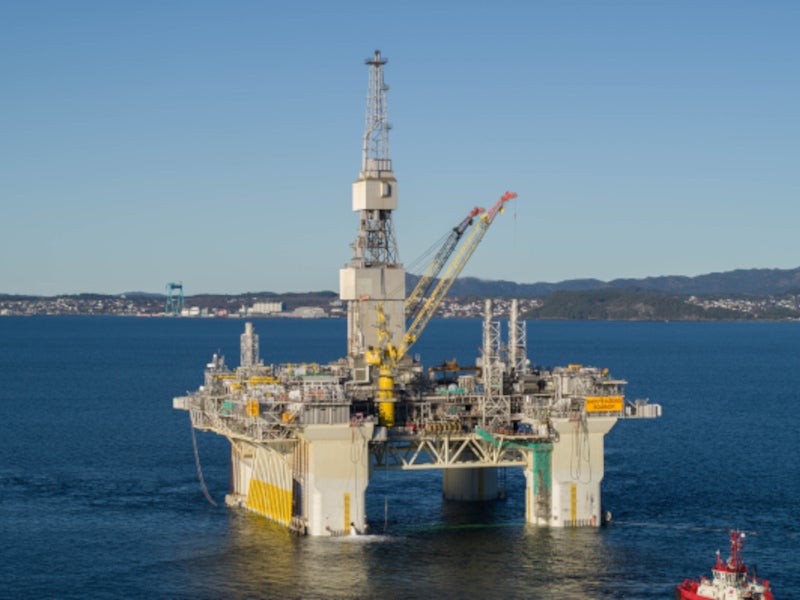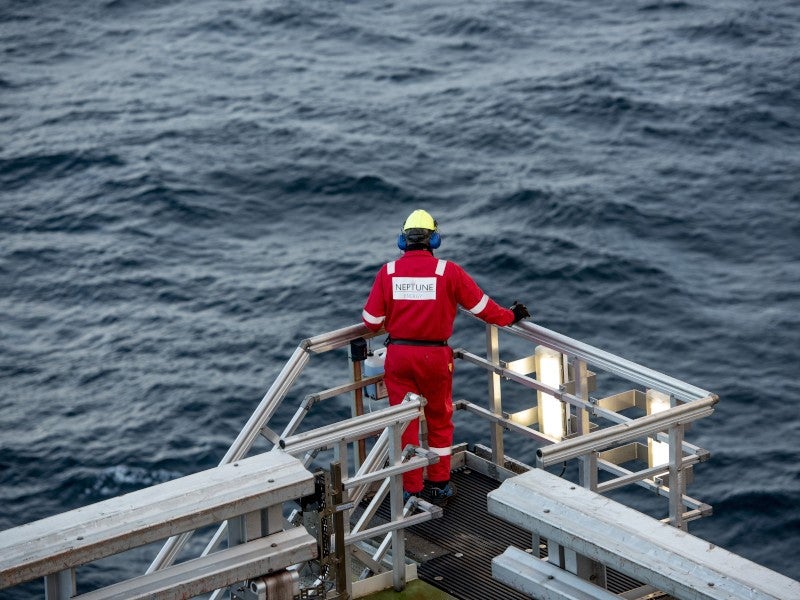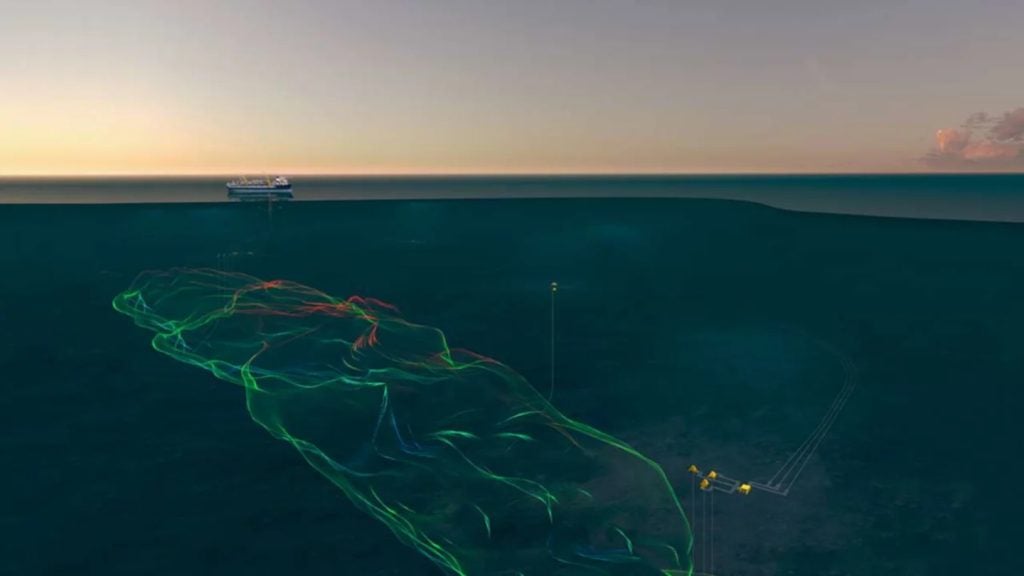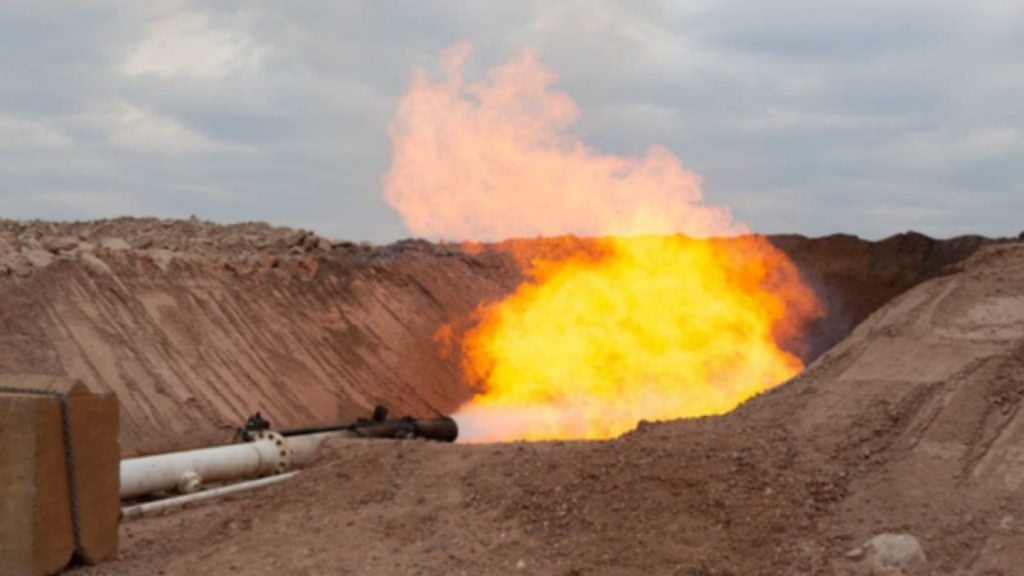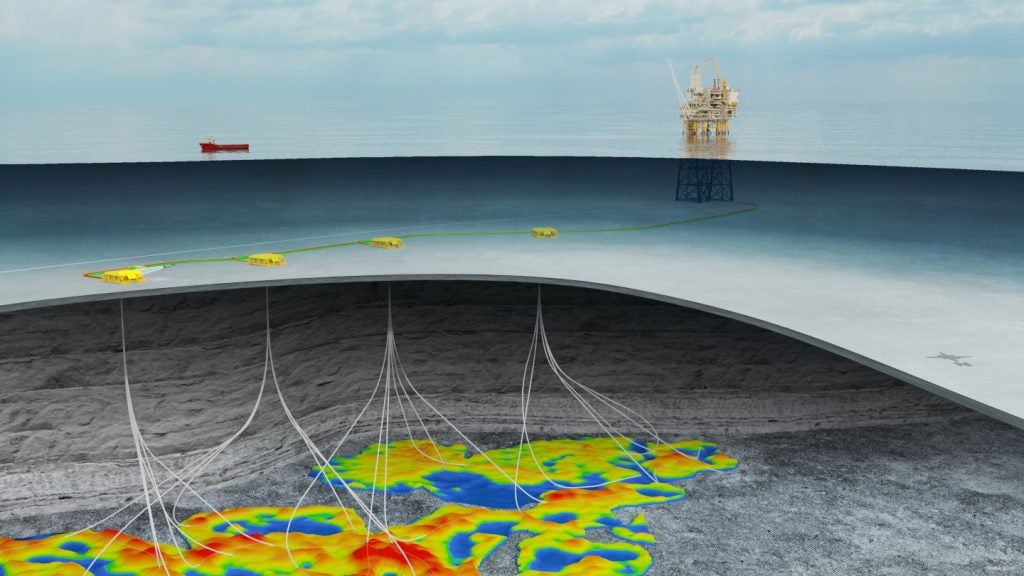The Fenja oil and gas field includes the development of the Pil and Bue oil discoveries situated in the production licence PL586 of the North Sea in Norway.
PL586 is jointly owned by Neptune Energy (30%), Var Energi (45%), Sval Energi (17.5%) and DNO North Sea (7.5%). Neptune Energy serves as the operator for the licence.
The field development concept for the project was selected in November 2016. The plan for development and operation (PDO) was submitted to Norway’s Minister of Petroleum and Energy in December 2017 and approval was granted in April 2018.
The Fenja field commenced production in April 2023 and is expected to produce for 15 years.
Location
The Fenja field lies in blocks 6406 / 11 and 12 of PL586, located in the Norwegian North Sea. It is located 35km southwest of the Njord field and 120km north of Kristiansund at a water depth of 325m.
Fenja discovery details
The Pil discovery was made in March 2014 with the drilling of the 6406/12-3 S exploration well, which encountered a 226m hydrocarbon column in the Jurassic reservoir rock of the Rogn formation, comprising 92m of gas and 134m of oil.
A drill stem test (DST) was conducted on the well, which flowed at a rate of 6,710 barrels of oil a day (bopd).
The Bue discovery was made with the drilling of the 6406/12-3 A exploration well in June 2014, which was drilled to a depth of 3,656.5m. The well encountered an 18m hydrocarbon column in reservoir rocks of the Rogn formation.
Pressure data collected from the well showed no communication between the Pil and Bue discoveries, and as such the well was classified as a separate discovery.
Fenja exploration and appraisal
The 6406/12-3 B sidetrack appraisal well was drilled on the Pil discovery to appraise the lateral extent of the reservoir structure.
The well was drilled to a depth of 3,996m, 1.7km northeast of the discovery well. It struck an 82m-thick oil column in Upper Jurassic reservoir sandstones of good quality.
Geology
The Pil and Bue reservoirs are part of the Halten Terrace area of the Norwegian Sea. Both reservoirs are of the Late Jurassic age and are located at water depths ranging between 3,200m and 3,500m.
Pil discovery is estimated to contain good quality oil with an API of 37° and a gas-to-oil ratio of 853scf/stb.
Reserves
The Fenja development is estimated to hold total resources of between 50 and 75 million barrels of oil equivalent (Mboe), which includes 75% oil and 25% gas.
Fenja field development details
The Fenja field development involves two subsea templates tied back to the Equinor-operated Njord A platform, located 36km away at the Njord oil and gas field.
The field produces 35,000 barrels of oil equivalent per day (boepd) through two oil producers, with pressure support from a water injector and a gas injector, which is planned to be converted to a gas producer towards the end of field life. The wells were drilled using the Deepsea Yantai and West Phoenix drilling rigs.
The well stream is piped to the Njord A facility through a production pipeline, water and gas injection pipeline and an umbilical.
The oil is stored at the Njord B facility from where it is supplied to shuttle tankers and the gas is exported through the Åsgard Transport System.
Pipeline details
The 36km-long and 18in-diameter production pipeline of the Fenja field is the world’s longest electrically trace-heated pipe-in-pipe system. It also features a fibre optic temperature monitoring system.
The ETH solution is critical to the development due to the high wax content of the oil, which requires the content of the pipeline to be heated to a temperature above 280C to initiate flow after a shutdown. The temperature in the pipeline is above 280C during normal operations.
The pipeline was laid using the Deep Discoverer construction vessel.
Njord A platform details
Njord A is a floating steel platform equipped with drilling and processing facilities along with living quarters. It was originally designed for a service life of 16 years, but nearby satellite field developments have enabled the extension of its economic life until 2040.
The platform was refurbished and upgraded at Aker Solutions’ Stord facility in Norway. The refurbishment works were completed in March 2022.
Contractors involved
CIMC Raffles, offshore engineering procurement and construction contractor, and Odfjell Drilling, a drilling contractor, were awarded a drilling contract for six wells with ten optional wells via Deepsea Yantai in March 2019. The contract was extended for the drilling of three more wells including one well at the Fenja field in November 2021.
Seadrill, a drilling contractor, was chosen to provide its West Phoenix drilling rig for drilling two wellbores at the field in May 2020.
TechnipFMC, a technology provider for the oil and gas industry, received the engineering, procurement, construction and installation contract for the project’s subsea structures including umbilicals, risers and flowlines and subsea production system.
Nymo, an engineering, procurement and construction company, was contracted by TechnipFMC to supply four subsea structures including two manifolds and two integrated template structures.
Omnisen, a fibre optic monitoring solutions provider, was contracted by TechnipFMC to supply a complete monitoring solution for the ETH pipe-in-pipe system of the field.
The front-end engineering and design contract for the subsea production system was won by Aker Solutions in March 2017.
Reinertsen New Energy, an engineering, design and planning firm, was contracted to provide engineering services for the development.
Safetec, an independent consultancy, provided functional safety and production assurance services, while Bureau Veritas, a testing, inspection and certification services company, provided inspection services for the project.

